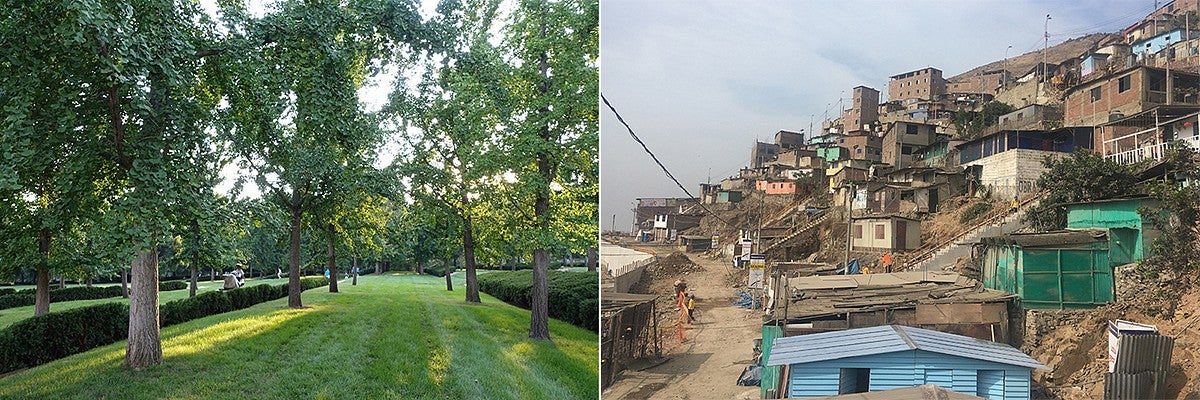
Researchers in this cluster focus on the interdisciplinary application of research methodologies from environmental science, ecology, planning, engineering, and public health and policy to address complex issues around food, energy, water, and biodiversity. Research is primarily focused on evidence-based design solutions in urban and rural settings in the United States and internationally, with a special emphasis on vulnerable populations in low-income settings in which poverty, climate change, and social injustices are likely to have a magnified impact. Research within this cluster is highly collaborative; students partner with representatives from governments and nonprofit organizations, professionals, and other educators to research real-world problems. Department faculty members offer the potential to link research in this realm to regional and international partners in Asia, South America, and Africa. The professors in this cluster are also affiliated with Environmental Studies.
Our faculty have long-played an integral role in the Institute for a Sustainable Environment (ISE), a center for innovative, interdisciplinary research at the nexus of ecological, economic, and social sustainability. As the university’s oldest sustainability institute, the ISE is a thriving center for collaborative research, technical assistance, and policy education.
Along with a multi-university partnership, the department hosts the Association of Pacific Rim Universities Sustainable Cities and Landscape Research Hub, which brings together researchers and practitioners to examine Pacific Rim cities in the context of their many landscape interdependencies. The goal of the hub is to advance the sustainability of human societies through analysis and critique that lead to actionable plans for mutually supportive relationships between cities and their surrounding landscapes.
Related Faculty
Bart JohnsonYekang Ko
Jun Lee
Gwynne Mhuireach
Rob Ribe
Kory Russel
Ben Shirtcliff
Ellee Stapleton
